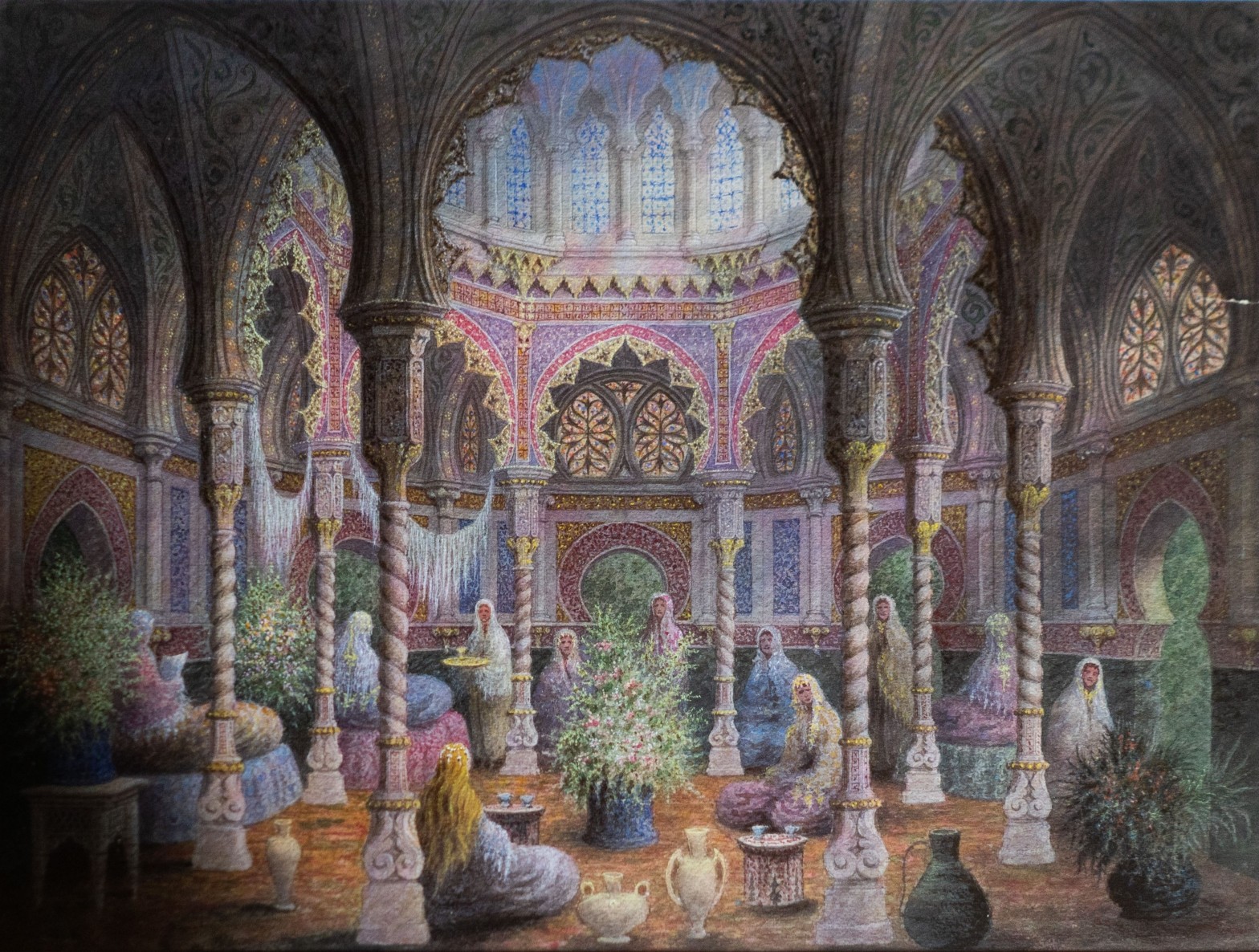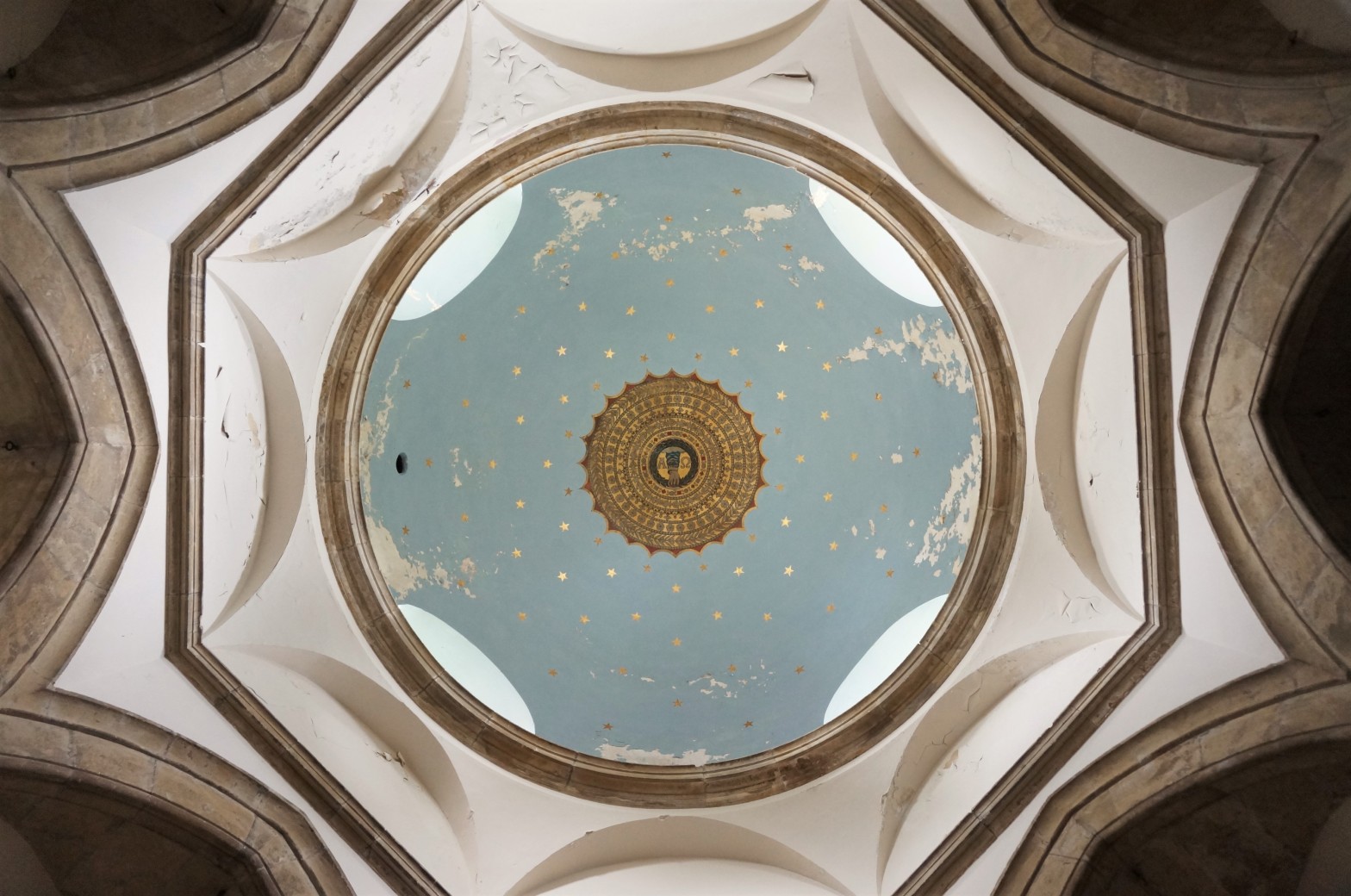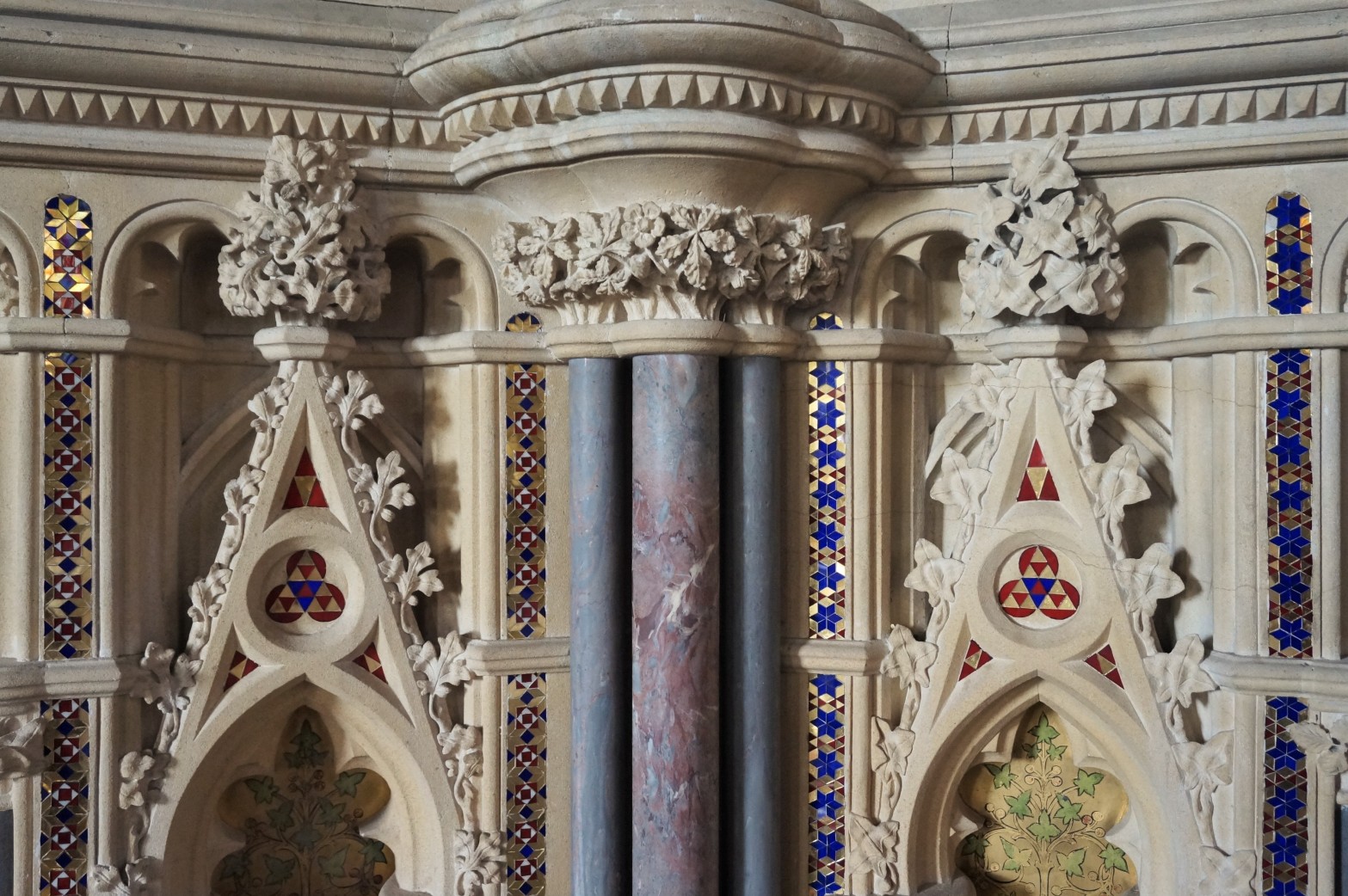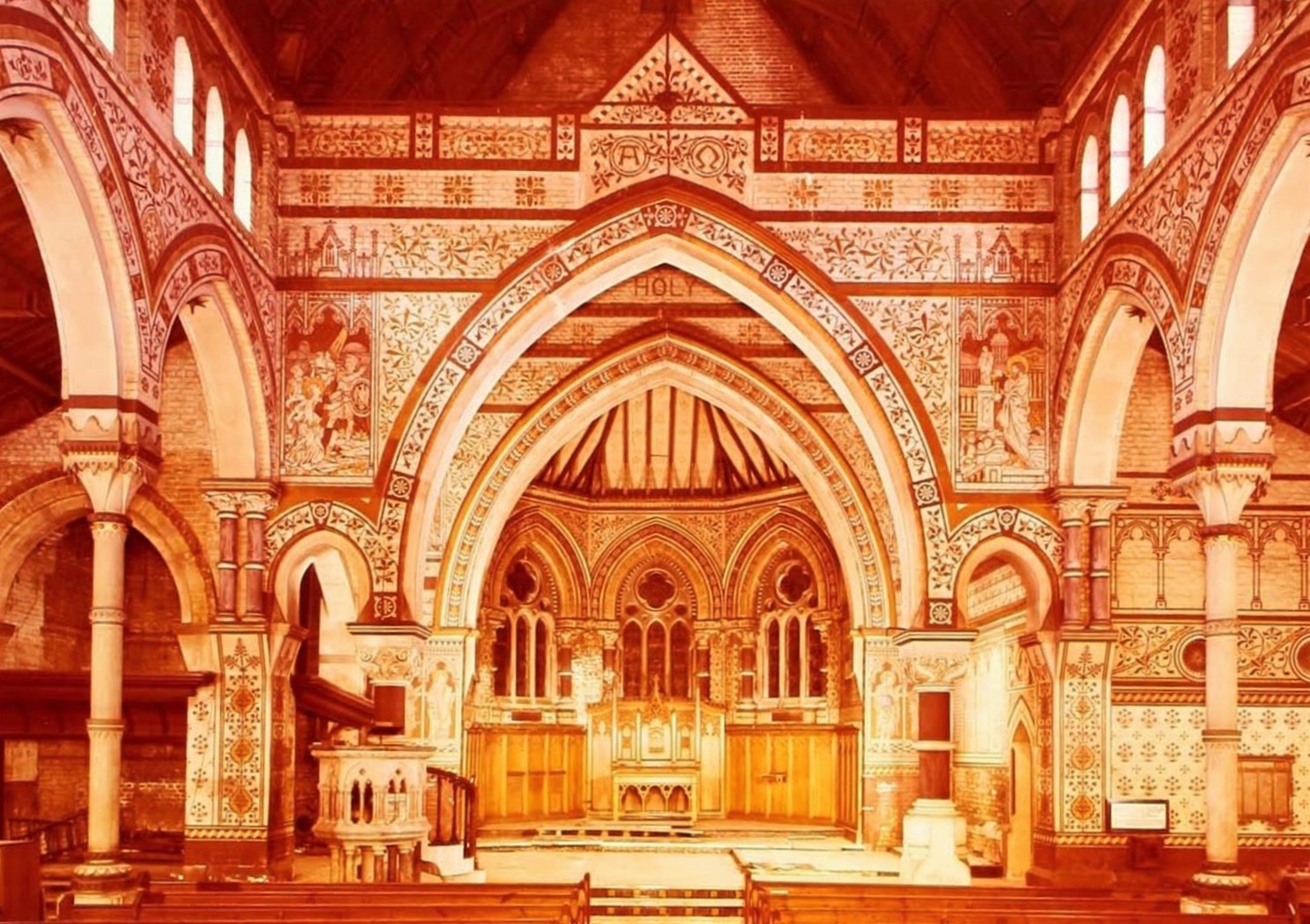The internet has changed the process of writing architectural history beyond all recognition. Information that just twenty years ago would have required lengthy and arduous research to track down can now be obtained with a few clicks. The amount of material which has been digitalised and placed within the public domain is truly staggering. ItContinue reading “The phantasmagorical Mr Croft”
Category Archives: Surrey
Recusancy in Dorset and the ‘other tradition’ of Catholic church-building
It is inevitable that A.W.N. Pugin looms large in histories of Roman Catholic church-building in the 19th century. Yet in some ways he was as notable for the adopting the faith that he served through his architecture as he was for the buildings that he designed. Would Pugin be viewed in quite the same wayContinue reading “Recusancy in Dorset and the ‘other tradition’ of Catholic church-building”
Prolific inimitability: getting to grips with S.S. Teulon (1812-1873)
For many of the architects featured in this blog, single posts running to something in the region of 15 pages of copy is sufficient to give a reasonably comprehensive account of their careers. Further research might bring to light previously unknown works and thereby flesh out the picture, but is unlikely to yield anything thatContinue reading “Prolific inimitability: getting to grips with S.S. Teulon (1812-1873)”
Joseph Clarke (1819/20-1888): an unexpectedly deft safe pair of hands
Today’s post forms something of a pendant to the preceding post on Henry Woodyer, not least because it takes in the remarkable church of SS Peter and Paul in Foxearth, Essex. It deals with an architect who, like Woodyer, was active chiefly in the Home Counties. Again like Woodyer, he specialised in ecclesiastical work –Continue reading “Joseph Clarke (1819/20-1888): an unexpectedly deft safe pair of hands”
Dandified Gothic: the architecture of Henry Woodyer (1816-1896)
This blog does not deal primarily with lost heritage, but recently a long-vanished building was brought to my attention which is simply too good not to feature here. The most grievous losses suffered by 19th and early 20th century architectural heritage as a result of accident, war damage, changes of fashion and redevelopment are wellContinue reading “Dandified Gothic: the architecture of Henry Woodyer (1816-1896)”
The Gothic horrors of a Victorian worthy – Charles Buxton and Foxwarren
The roots of the Gothic Revival extend as far into literature as they do into archaeology. The endeavours of one of its key progenitors, Horace Walpole (1717-1797), to recreate the Middle Ages in brick, wood, plaster and stone through his remodelling of Strawberry Hill were inextricably bound up with his evocations of the Middle AgesContinue reading “The Gothic horrors of a Victorian worthy – Charles Buxton and Foxwarren”
Technicolour Roguery: the rise and fall of Bassett Keeling
The 19th century was the age of Romanticism. Though its influence was felt in all the arts, many of the impulses driving the Romantic movement were literary in origin and one of their purest expressions is in the archetype of the Romantic hero – fated to be an outcast from society by incomprehension of hisContinue reading “Technicolour Roguery: the rise and fall of Bassett Keeling”
John Croft: the most mysterious rogue of all?
If one were to single out a figure who embodies all the tantalising yet exasperating complexities and lacunae of the byways of 19th century architecture, it might well be John Croft. Two works have come down to us which demonstrate an impressively fertile architectural imagination. Even by the standards of the 1860s – the high-waterContinue reading “John Croft: the most mysterious rogue of all?”







